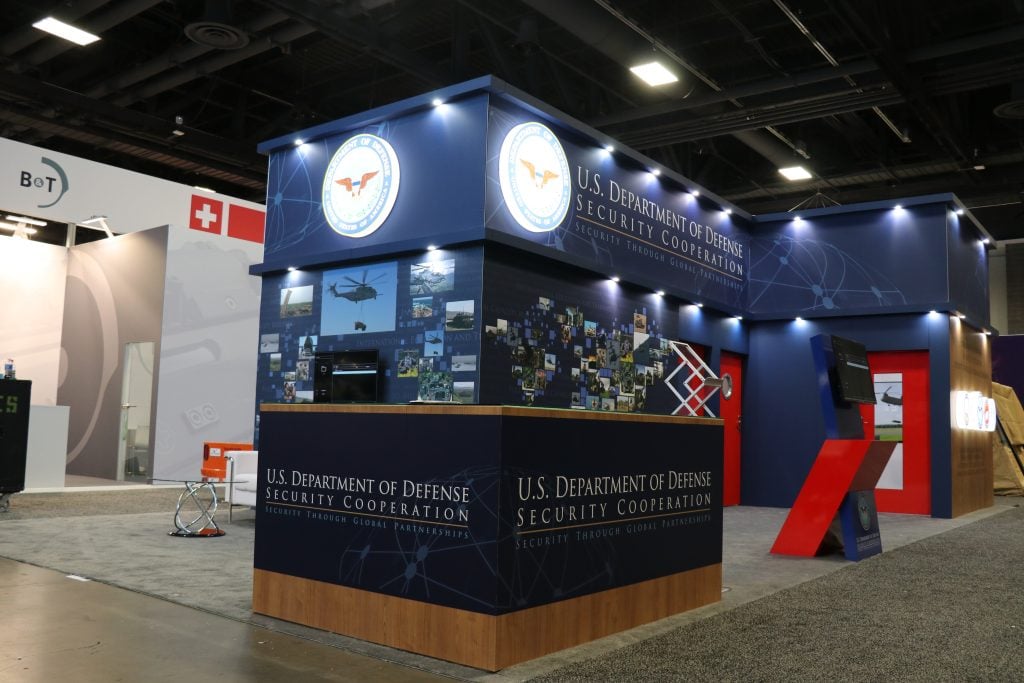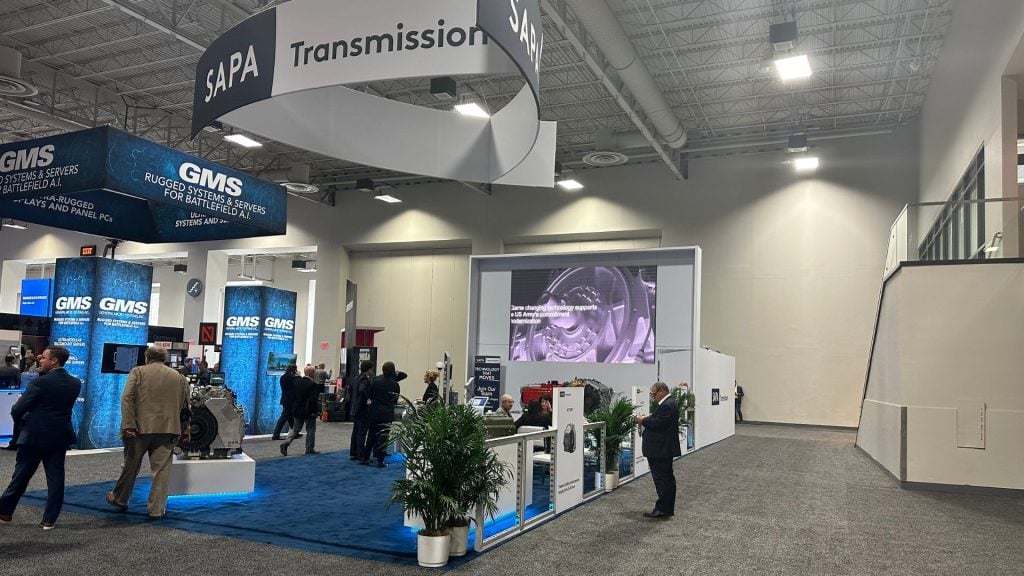
Introduction
Exhibiting at a trade show involves more than just showcasing your brand—it requires a finely-tuned logistical plan to ensure smooth execution. From planning to packing, shipping, and installation, the smallest details can make or break your booth’s success. This logistics playbook outlines essential strategies for ensuring a seamless exhibition experience.
1. Start with Detailed Pre-Event Planning
The foundation of any successful exhibit lies in meticulous planning. The earlier you begin, the fewer surprises you’ll encounter.
- Develop a Master Timeline: Work backward from the event date, setting deadlines for each key task, including booth design approvals, shipping schedules, and labor bookings.
- Establish Roles and Responsibilities: Clearly assign tasks to your team members and partners to avoid confusion. Each aspect—booth setup, marketing materials, shipping, and on-site services—should have a dedicated owner.
- Create a Checklist: List every detail, from design elements and technology needs to marketing collateral and giveaways. Use this as your go-to guide in the lead-up to the show.
2. Optimize Shipping and Freight Management
Proper shipping and freight logistics are essential to ensure that your exhibit materials arrive on time, intact, and within budget.
- Choose the Right Freight Carrier: Opt for carriers experienced in handling trade show shipments. They’ll know how to manage deadlines, paperwork, and specialized services, such as delivering to advance warehouses.
- Consolidate Shipments: Bundle all your exhibit components—booths, promotional materials, furniture, and tech—into one shipment whenever possible. This reduces costs and minimizes the risk of items going missing.
- Label Everything Clearly: Each package should be labeled with the booth number, show name, and venue details to ensure smooth handling and delivery on the show floor.
3. Coordinate with Vendors and Contractors
From booth designers to audio-visual tech teams, coordination with external vendors is key to making sure everything comes together seamlessly.
- Hold Pre-Show Meetings: Ensure your team and all third-party vendors are aligned on the schedule, objectives, and any special requirements for the booth. A pre-show meeting (either virtual or in-person) can help prevent miscommunication.
- Vendor Scheduling: Align the schedules of your setup team, AV crew, and other vendors to avoid bottlenecks during installation. If one team is delayed, it can have a domino effect on others.
4. Streamline On-Site Setup and Installation
The time between when your materials arrive on-site and the opening of the show can be chaotic. Streamline the process by focusing on efficiency and coordination.
- Pre-Stage Materials: If possible, send exhibit components to the show’s advance warehouse. This ensures materials arrive well before the event and can be staged in a holding area close to your booth space.
- Set Up a Command Center: Designate a central area within your booth or staging space for coordinating installation efforts. Keep all necessary tools, plans, and supplies on hand.
- Test All Equipment: Ensure that all tech elements, such as video walls, lighting, and interactive displays, are tested on-site. Fixing technical issues during installation will save you time and hassle later.
5. Prepare for On-Site Troubleshooting
Despite the best-laid plans, things can still go wrong. Be prepared to troubleshoot issues as they arise.
- Have a Contingency Plan: Whether it’s a delay in shipping, a missing component, or an AV malfunction, always have a backup plan in place. Extra signage, backup tech, and spare materials can help you adjust on the fly.
- Maintain Strong Vendor Communication: Keep open lines of communication with your vendors and contractors throughout the setup process. Address any potential problems early, before they become major roadblocks.
6. Efficient Dismantling and Post-Show Shipping
Once the show ends, your work isn’t over. A smooth teardown is just as important as the setup.
- Organize the Breakdown: Dismantling should be systematic and orderly. Take inventory as you pack to ensure that nothing is left behind or damaged. Label crates for easy unpacking at the next event.
- Book Shipping in Advance: Arrange return shipping and freight pickup well in advance to avoid costly delays or the risk of leaving materials behind.
- Post-Show Debrief: Hold a debrief session with your team and vendors to discuss what worked well and what could be improved for the next event.
7. Maximize ROI through Effective Follow-Up
Logistics don’t end when the booth comes down. Maximize the return on your trade show investment by following up on leads and evaluating the event’s overall success.
- Track Leads Efficiently: Use CRM tools to organize and prioritize leads collected during the show. Immediate follow-up will keep your brand fresh in the minds of potential clients.
- Analyze Costs and Performance: Review your logistics performance to identify areas for cost savings or process improvements. This can include shipping efficiencies, labor management, and vendor performance.
Conclusion
A seamless trade show experience is a result of strong logistics management. By focusing on detailed planning, vendor coordination, and efficient on-site execution, you’ll ensure a smooth and successful exhibit. This logistics playbook serves as a roadmap to help your team navigate the complexities of trade show preparation and delivery.


 Global
Global Europe
Europe

